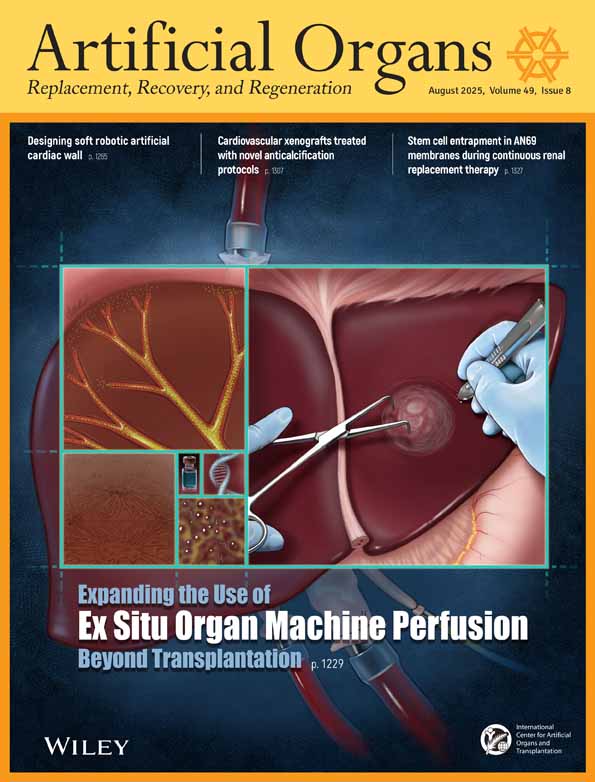Blood Flow in a Continuous Flow Ventricular Assist Device
Presented in part at the 6th Congress of the International Society for Rotary Blood Pumps, July 25–27, 1998, in Park City, Utah, U.S.A.
Abstract
A numerical analysis was performed to predict the shear stresses, flow rates, and the velocity profiles in a continuous flow ventricular assist device, the CFVAD3. The problem was modeled as a rotating disk over a stationary disk. A variety of clearances was tested for the CFVAD3 coupled with a range of rotational speeds and pressure gradients. Velocity fields were generated using solutions obtained with FLOW3D software (AEA Technology, Pittsburgh, PA, U.S.A.) Analysis of these solutions shows that the pressure differential effect has a stronger influence on the flow than the rotational effect of the impeller Ekman layer. The predicted shear stresses reflect these changes in the volume flow rates and the speeds shown in the velocity profiles. Based on the predictions of the software, the optimum clearance and rotational speed were chosen. The conclusion is that a speed in the range of 2,200–2,400 rpm should be chosen depending on the efficiency of the pump.




